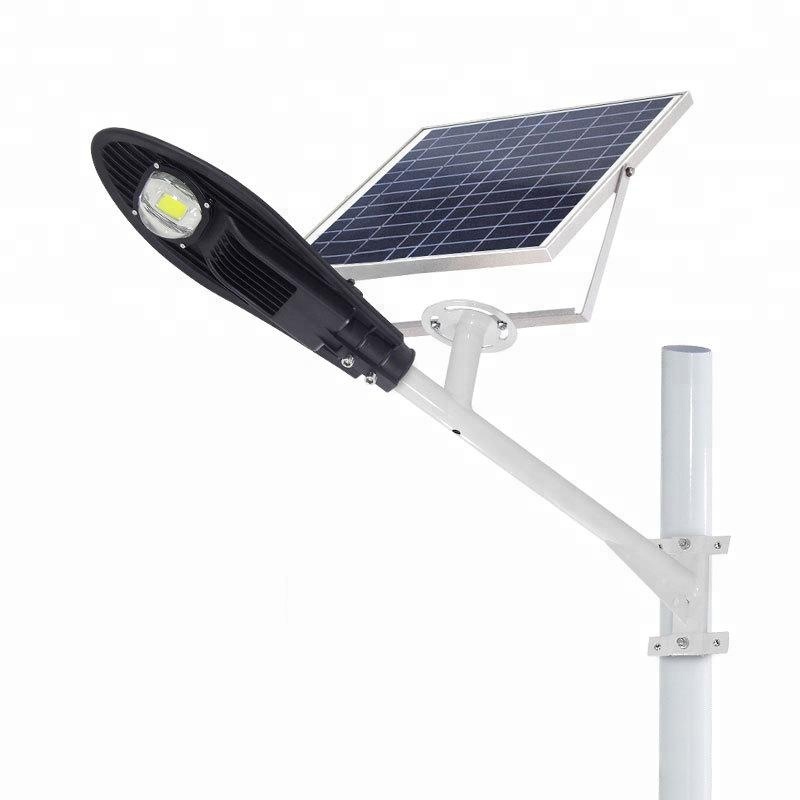
Published by the Associated Press: 22:57 Eastern Daylight Time, Updated 7 October 2014: 22:58 Eastern Daylight Time, Stockholm, 7 October 2014(AP)—
The invention is expected to revolutionize lighting in homes and offices around the world. -
It has helped create light-emitting screens for mobile phones, computers and televisions. -
On Tuesday, two Japanese scientists and a Japanese won the Nobel Prize. -born American.
By inventing a new light-
Light-emitting diodes (LEDs), which overcome an important obstacle, create white light much more efficiently than incandescent or fluorescent lamps.
Now that LEDs are ubiquitous, experts say their use will only grow.
"Incandescent bulbs illuminated the 20th century;
"The 21st century will be illuminated by LED lights," the Nobel Committee said in announcing the awards to Japanese researchers Mingzaki, Hiroshi Amano and American naturalists. S.
Citizen Shuji Nakamura.
The Committee said that their work in the early 1990s led to fundamental changes in lighting technology.
When the three of them arrived in Stockholm in early December to receive the prize, "they soon noticed that the light they invented illuminated almost all the windows of the city.
Nakamura, 60, is a professor at the University of California, Santa Barbara.
Mingzaki, 85, is a professor at Meiji University and Nagoya University in Japan, while Miya Amano, 54, is also in Nagoya.
Mingzaki and Amano were invented when they worked in Nagoya, while Murakami worked in Japan's Niya Chemical Company.
At a press conference, Nakamura said he was "happy to see my dream of LED lighting come true".
Now we can buy energy. -
Efficient light bulbs in supermarkets help reduce energy consumption.
I hope it will also help reduce global warming, "he said, reading a prepared statement.
When asked earlier whether he realized the importance of his research, he told reporters: "Nobody can make a cell phone. . . my invention.
"Akasaki told a national-
At a television news conference in Japan, he expressed doubts about his research results.
"But I never felt that way," he said.
"I'm just doing what I want to do.
"In an interview with Lyon TV on Wednesday, Amano said he owed his success to Japan's high school and University systems.
"Know that the ultimate goal of education, or anything else, is to help people.
He said.
Scientists were able to emit red and green light with light-emitting diodes long before they worked.
But they also need a blue LED to make white light, a goal they have been pursuing for 30 years.
Three Nobel laureates created blue light-emitting diodes.
This is "a fundamental invention that is rapidly changing the way we bring light to every corner of our homes, streets and workplaces," H.
Frederick Dilla, executive director and CEO of the American Physical Society, said in a statement.
For lighting up schools, homes and offices, "it's very likely to change everything.
All light sources turn blue easily. -LED-
"Based on light sources," says Mark Reya, director of the Lighting Research Center at Troy Lensler Institute of Technology in New York.
Nadarajah Narendran, research director at the center, estimates that in the United States, the share of LED lighting is close to 10% in households, offices, streets and industries.
In five years, he said, with prices falling, the proportion could exceed 30%.
He says people can already buy LED lights for their homes at a fairly cheap price.
In poor countries, he said, such lamps are replacing alternatives such as kerosene lamps. "It's touched (people)
In a very short time, from the poor to the rich, "he said.
The Nobel Committee points out that for people who are not powered by the grid, it may be feasible to use cheap solar energy because LED lights consume too little energy.
The committee also said that the efficiency of light-emitting diodes could help save the earth's resources, because there is about one. -
The world's fourth largest electricity consumption is used for lighting.
Not all responses to prizes are laudable.
Many of Nick Horonick Jr. 's colleagues.
A retired professor at the University of Illinois who invented the red light-emitting diode in 1962 has long said that his work was unfairly ignored by the Nobel Committee.
In the past, the 85-year-old Horonick said that the award was far less important to him than his job.
But on Tuesday, Horonick said the new winner's work is based on his own achievements and those of dozens of others who work with him.
"I think it's an insult," he said in an interview in Urbana, Illinois.
Last year's physics prize was awarded to British scientist Peter Higgs and Belgian colleague Franois Engelt, who helped explain how substances formed after the Big Bang. On Monday, U. S. -
John O'Keefe, a British scientist, shared the Nobel Prize in medicine with a Norwegian couple on May 1. -
Britt Moser and Edvard Moser have made breakthroughs in brain research, paving the way for a better understanding of diseases such as Alzheimer's disease.
The Nobel Prize in Chemistry will be announced on Wednesday, followed by Thursday's Prize in Literature, Friday's Nobel Peace Prize and Monday's Prize in Economics.
Value 8 million kroner($1. 1 million)
Every Nobel Prize was awarded on December 12.
On the anniversary of the death of Alfred Nobel, founder of the Nobel Prize in 10,1896.
In addition to the bonus, each winner receives a diploma and a gold medal.
Nobel was a wealthy Swedish industrialist who invented explosives. He did not provide any guidance on how to choose the winners, except that the Reward Committee should reward those who "brought the greatest benefit to mankind".
"This year's physics prize, the Nobel Committee said, was awarded in consideration of this idea.
_ Malcolm Ritter reports from New York.
Associated Press correspondents Yuri Kageyama in Tokyo, Raquel Dillon in Santa Barbara and David Mercer in Urbana, Illinois contributed to the report.
